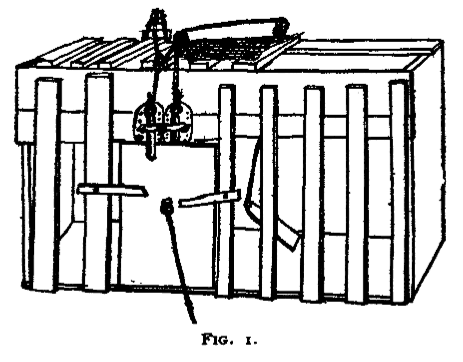Learning, a fundamental aspect of human cognition, has been a subject of fascination for psychologists and educators alike. Over the years, scholars have proposed various theories to understand the mechanisms underlying how individuals acquire new knowledge and skills. This blog aims to explore three foundational theories of the learning process put forth by Edward Thorndike, Edwin Guthrie, and Clark L. Hull.
Edward Thorndike and the Law of Effect:
Edward Thorndike, a pioneering psychologist in the early 20th century, laid the groundwork for understanding learning through his Law of Effect. Thorndike’s theory, rooted in behaviorism, posits that responses followed by positive outcomes are strengthened, while those followed by negative outcomes are weakened. The Law of Effect emphasizes the role of consequences in shaping behaviour, forming the basis for operant conditioning.
Key Concepts:
- Trial-and-Error Learning: Thorndike’s experiments with animals, particularly cats in puzzle boxes, led to the observation of trial-and-error learning. Animals learned to perform specific actions to escape the box and receive a reward.
- S-R Bonds: Thorndike introduced the concept of Stimulus-Response (S-R) bonds, suggesting that connections between stimuli and responses are strengthened or weakened based on the consequences.
- Transfer of Learning: Thorndike’s ideas contributed to the understanding of transfer of learning, where skills learned in one context can be applied in another.
Edwin Guthrie and the Contiguous Conditioning:
Edwin Guthrie, a contemporary of Thorndike, proposed the theory of Contiguous Conditioning, focusing on the idea that a stimulus and response become associated if they occur together in space and time. Unlike Thorndike, Guthrie’s theory minimizes the role of reinforcement and emphasizes the immediate relationship between stimuli and responses.
Key Concepts:
- One-Trial Learning: Guthrie proposed that learning could occur in a single trial, challenging the idea that reinforcement was necessary for forming associations.
- Role of Attention: Guthrie highlighted the importance of attention, suggesting that learning is more likely to occur when individuals pay attention to the relevant stimuli.
- Learning by Doing: Guthrie’s theory aligns with the concept of learning by doing, emphasizing the active engagement of learners in their environment.
Clark L. Hull and the Drive Reduction Theory:
Clark L. Hull’s Drive Reduction Theory represents a departure from purely behavioural perspectives, introducing a more cognitive element to the understanding of learning. Hull proposed that learning occurs when a drive, such as hunger or thirst, prompts an organism to act in a way that reduces the drive, leading to reinforcement.
Key Concepts:
- Habit Strength: Hull introduced the concept of habit strength, representing the strength of the association between a stimulus and a response.
- Drive: According to Hull, learning is motivated by biological drives, and reinforcement reduces these drives, strengthening the learned associations.
- Mathematical Formulations: Hull’s theory is notable for its mathematical formulations, attempting to quantify and predict the likelihood of learning based on various factors.
Comparative Analysis:
While each of these theories contributes significantly to our understanding of the learning process, they also reflect different perspectives and assumptions. Thorndike’s emphasis on consequences and reinforcement, Guthrie’s focus on immediate associations, and Hull’s introduction of cognitive elements all provide unique insights into the complexities of learning.
Contemporary Implications:
These foundational theories continue to influence educational practices, instructional design, and behavioural interventions. Insights from Thorndike, Guthrie, and Hull are integrated into contemporary approaches to learning, such as behaviourism, cognitivism, and constructivism. Educators and psychologists draw from these theories to design effective learning environments, tailor instructional strategies, and understand the diverse ways individuals acquire knowledge.
Conclusion:
In unravelling the learning process, the theories of Thorndike, Guthrie, and Hull have paved the way for a nuanced understanding of how individuals acquire new behaviours and skills. Whether through the consequences of actions, immediate associations, or the interplay of drives and reinforcement, these foundational theories continue to shape our comprehension of learning, offering valuable insights that resonate in both psychological research and educational practice.




